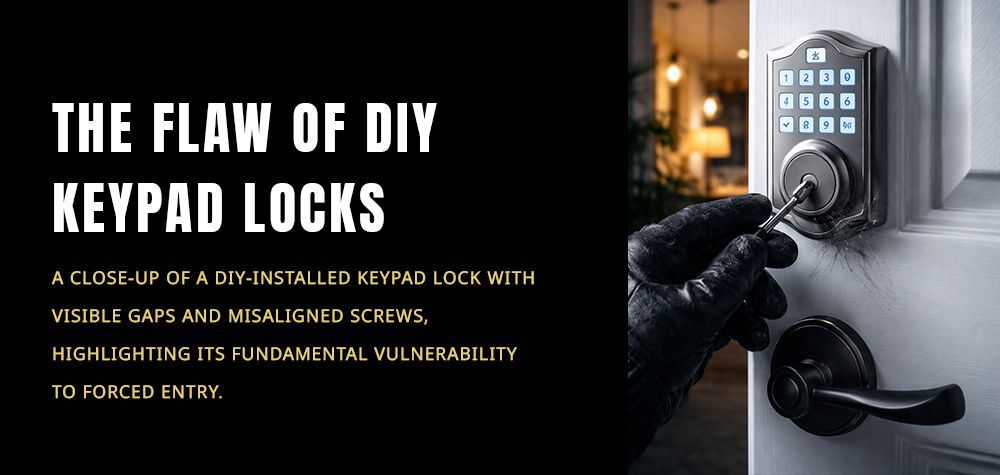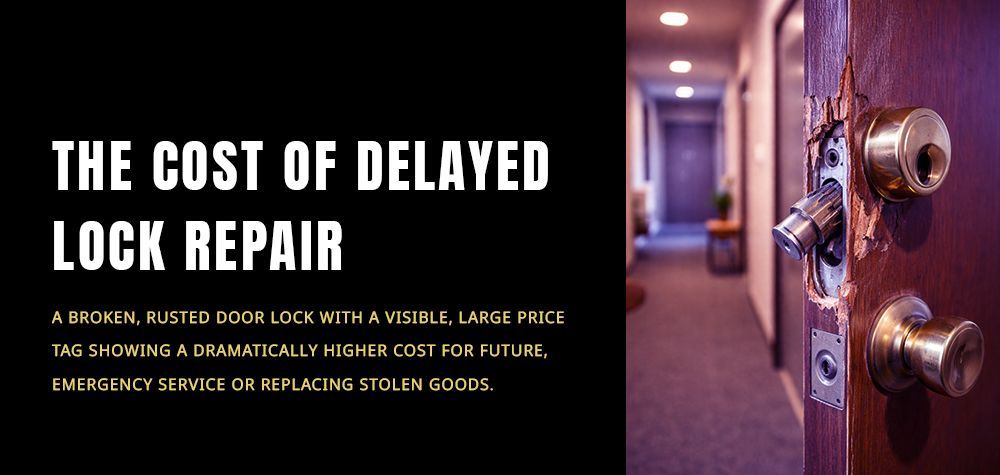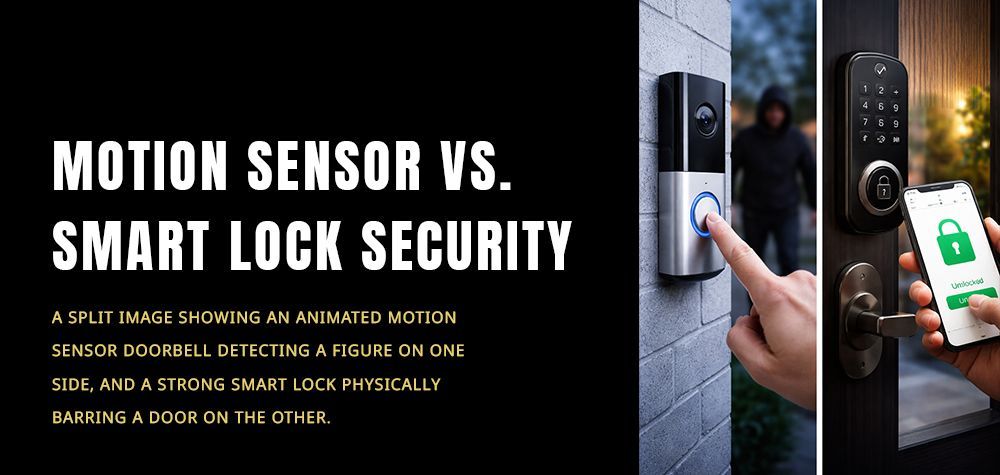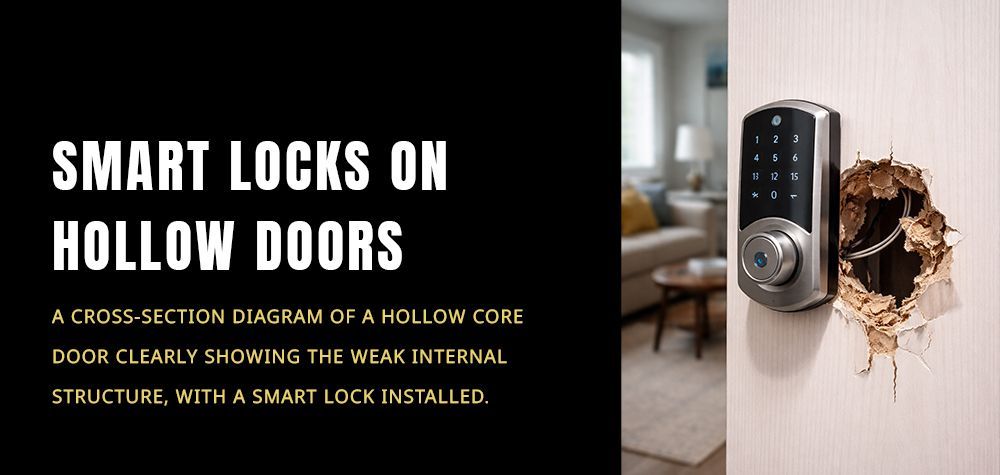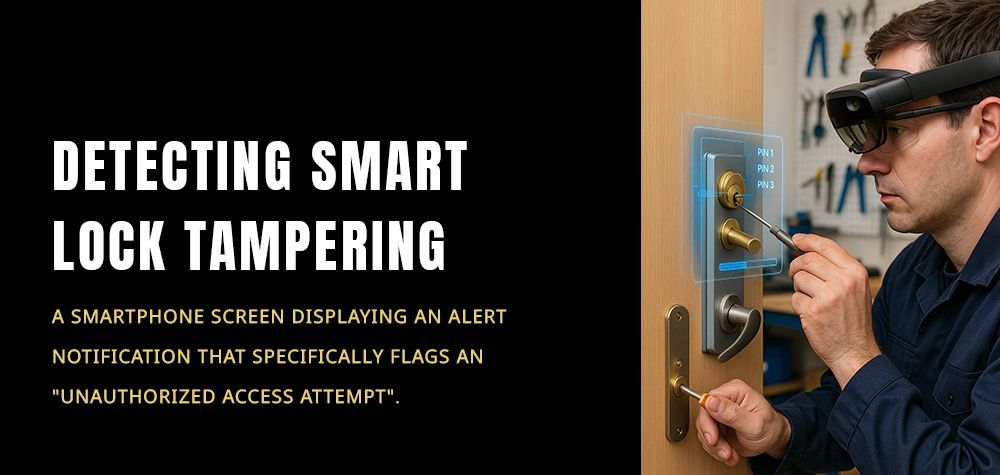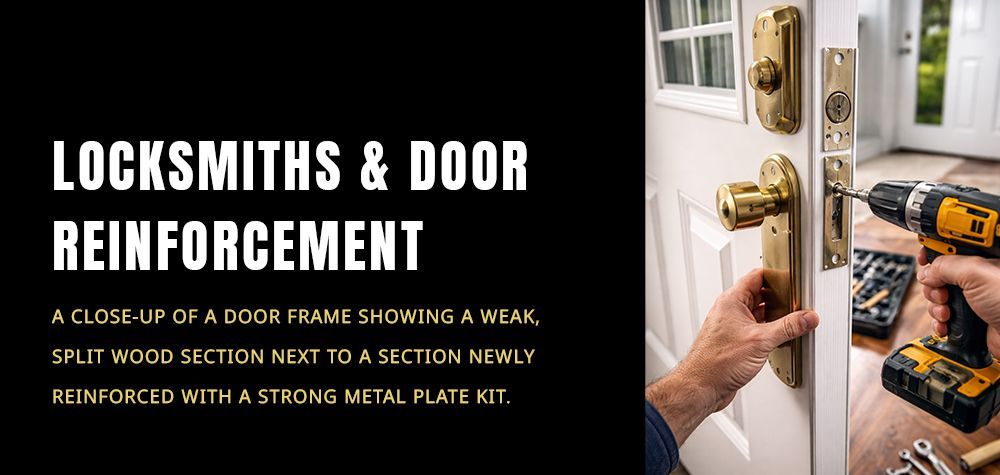Can you install a lock without drilling?
Installing a lock without drilling sounds like a dream—no power tools, no dust, no damage to your door. But is it really possible? The short answer is yes, but there’s more to it than just buying a “no-drill” lock and sticking it on. You have to consider your door type, the level of security you need, and how the lock will be used day-to-day.
In this guide, we’ll walk you through the ins and outs of no-drill lock installations, explain the real-world limitations, cover the risks, and show you how to do it the right way. And yes, we’ll call out the nonsense and tell you where a drill might actually save you in the long run.
Let’s get into it.
Are Bluetooth door locks better than WiFi ones
Why Would Someone Want to Install a Lock Without Drilling?
Not everyone wants to make permanent changes to their door—especially if you’re renting, dealing with a custom door, or simply not into DIY. Drilling can be intimidating, and for good reason. If you mess it up, you’re looking at damage that can cost more than the lock itself.
That’s why no-drill lock solutions have become more popular, especially with the rise of smart locks, adhesive lock systems, and portable locking devices.
People turn to no-drill installations when they:
Live in rental properties with restrictions.
Want to preserve vintage or high-end doors.
Need a temporary lock solution (for events, shared spaces, or travel).
Aren’t confident in their ability to drill accurately or safely.
But just because it’s more convenient doesn’t always mean it’s more secure. That brings us to the next big question.
What Types of Locks Can Be Installed Without Drilling?
There are a few main types of locks that are designed to be installed without drilling. Each has its strengths and limitations.
1. Adhesive-Based Locks
These use strong industrial adhesive strips to attach directly to the surface of the door. You’ll often find these in child safety locks, basic slide locks, or lightweight interior privacy locks. They're easy to install—but also easy to bypass if someone really wants in.
2. Over-the-Door Hook Locks
These sit on top of the door frame and clamp around the door. Some hotel locks and travel locks work this way. They’re handy, non-invasive, and don’t damage the door, but they’re not meant for primary home security.
3. Magnetic Locks (Electromagnetic)
Used mostly in commercial settings, these powerful magnets hold doors shut using electric current. While some versions can be installed without traditional drilling, they often need special mounting brackets or adhesives that require careful alignment.
4. Retrofit Smart Locks
These are installed over existing deadbolts and don’t require you to drill new holes. If your door already has a deadbolt, you can simply upgrade it with a smart retrofit lock like August or Level Lock.
Step-by-Step: How to Install a Lock Without Drilling
Let’s say you’ve chosen a no-drill lock that fits your needs. Here’s how to get it done without wrecking your door or your patience.
Step 1: Assess Your Door
Start by checking the thickness of your door, the material, and whether it’s hollow or solid. Some adhesive locks won’t stick well to textured or dusty surfaces. Metal doors can also be tricky due to poor adhesive bonding or magnet interference.
Step 2: Choose the Right Lock Type
Pick a lock designed for your specific need—don’t install a child lock expecting it to stop a burglar. For front doors, go with a retrofit smart lock or a clamp-on security device. For bedroom or bathroom doors, adhesive or hook locks may suffice.
Step 3: Clean the Surface
This is the most overlooked part. If you’re using adhesive, any dust, grease, or moisture will weaken the bond. Clean the area thoroughly and let it dry before sticking anything.
Step 4: Position the Lock
Measure twice, install once. Whether it’s adhesive or magnetic, make sure the lock lines up properly with its catch or receiver. Misalignment can cause the lock to fail under pressure.
Step 5: Apply and Wait
If adhesive is involved, follow the product’s cure time. Most adhesives need at least 24 hours before reaching full strength. Don’t rush this step—your safety depends on it.
Step 6: Test the Lock
Once installed, push, pull, and slam the door gently to see how the lock holds up. You don’t want to find out it’s weak when it really matters.
The Risks of No-Drill Lock Installations
Now for the blunt truth—locks installed without drilling aren’t always secure.
The biggest issue is strength. Adhesives and clamps simply don’t offer the same level of resistance as a properly installed deadbolt. If someone wants to force the door open, most no-drill locks won’t stop them. Some can even be peeled off with a screwdriver.
Another concern is wear and tear. Over time, adhesive locks can start to loosen, especially in humid or dusty environments. Magnetic locks can fail during power outages unless they have battery backups.
And of course, if you’re relying on a smart lock retrofit, you’re still depending on the security of your original deadbolt—which may be outdated or flimsy.
So while no-drill locks are great for temporary setups or added privacy, they should never replace a real, secure locking mechanism on external doors.
Challenges You Might Face
Let’s not sugarcoat it—no-drill installations come with their own set of headaches.
First off, adhesive strength varies wildly between brands. Some locks come with strong 3M tape, while others use off-brand glue that gives up after a few weeks.
Alignment issues are another pain. A lock that’s even slightly crooked might not latch properly, which defeats the whole purpose.
Then there’s the false sense of security. Just because a lock is marketed as “secure” doesn’t mean it actually is. We’ve seen too many people trust $15 adhesive locks only to be shocked when someone bypasses them with ease.
If you’re unsure whether your door is suitable for a no-drill setup—or you just want peace of mind—Brothers Locksmith can evaluate your door and recommend a proper solution. We’ve seen what works (and what definitely doesn’t).
Can You Install a Strong Lock Without Drilling? Yes—But It’s Rare
Most no-drill locks are designed for convenience, not security. That said, there are exceptions.
If you already have a traditional deadbolt, retrofitting it with a smart lock can give you serious functionality without drilling a single hole. Some high-end lock models also offer adjustable mounting brackets that don’t require extra hardware.
But if your door has no existing lock—or if you’re installing something from scratch—then you’ll almost always get a stronger, safer setup by drilling. And honestly, when it comes to protecting your home and loved ones, that small effort is usually worth it.
Preventive Measures for Better Security (Even Without Drilling)
If you decide to go with a no-drill lock, here’s how to make the most of it.
Reinforce your door frame. Even the strongest lock won’t help if the door can be kicked in.
Use additional locks. Layering a no-drill lock with a door wedge, chain lock, or floor bolt adds real strength.
Keep your lock clean and dry. Adhesives fail fast in bad conditions—maintain them like you would a real lock.
Don’t skip testing. Always test your setup after installation. Don't wait for a break-in to find out it’s weak.
Talk to a professional. If your lock feels flimsy or confusing to install, reach out to a pro. Brothers Locksmith is always available to help you secure your space properly.
Final Thoughts: When No-Drill Locks Make Sense—and When They Don’t
Yes, it’s absolutely possible to install a lock without drilling—but you need to go in with your eyes open.
For renters, travelers, or anyone needing a short-term or low-impact solution, no-drill locks are a great option. They’re easy, affordable, and don’t leave permanent marks. But they’re not miracle devices. They work best with other security measures, not as your only line of defense.
If your goal is real, dependable home security—especially on entry doors—then traditional drilled locks are still the gold standard. And if you’re not ready to handle the tools or make permanent changes, that’s okay. That’s what professionals like Brothers Locksmith are here for.
We can assess your situation and offer you the smartest, safest lock—drill or no drill. Because peace of mind should never come with guesswork.
Call Us Any Time!


